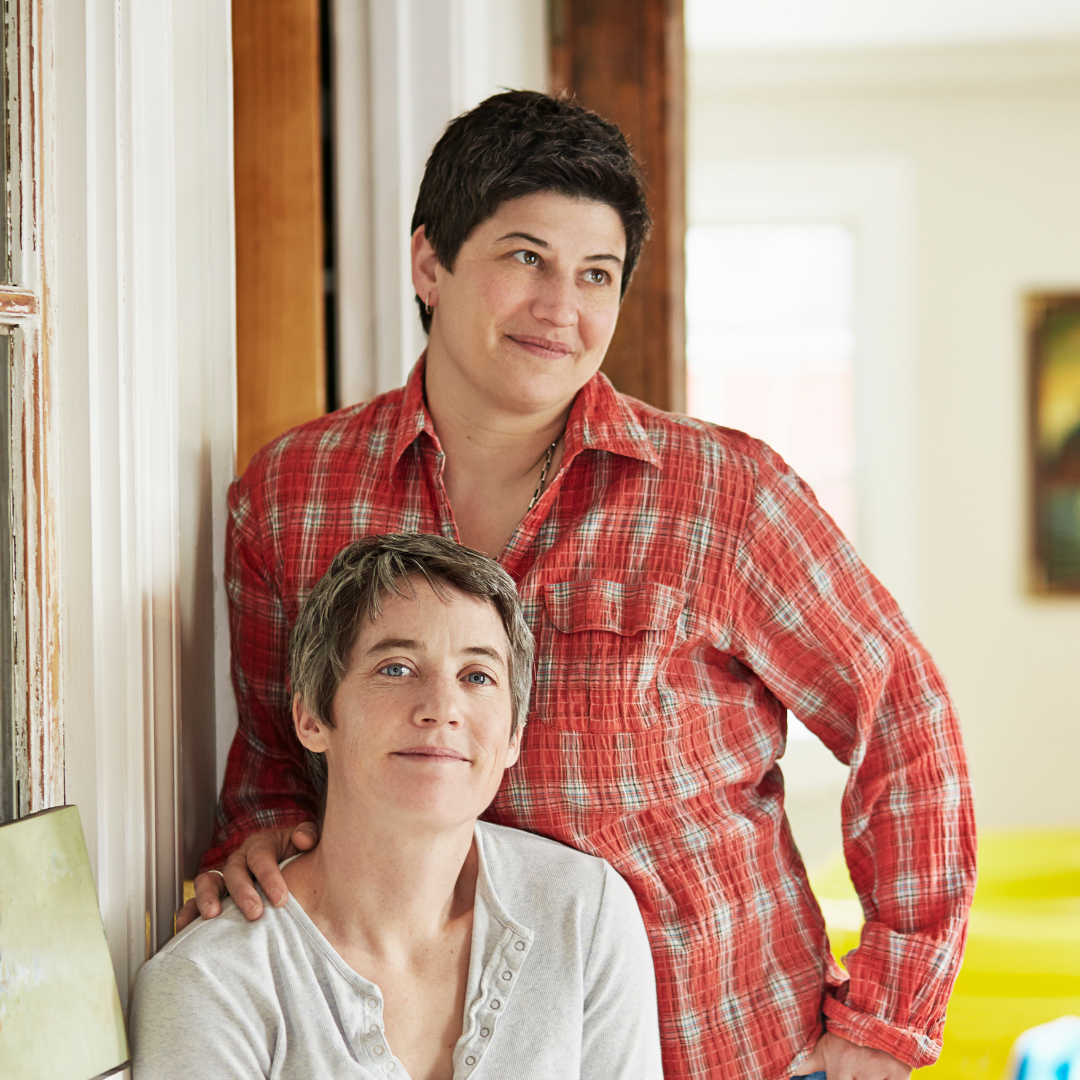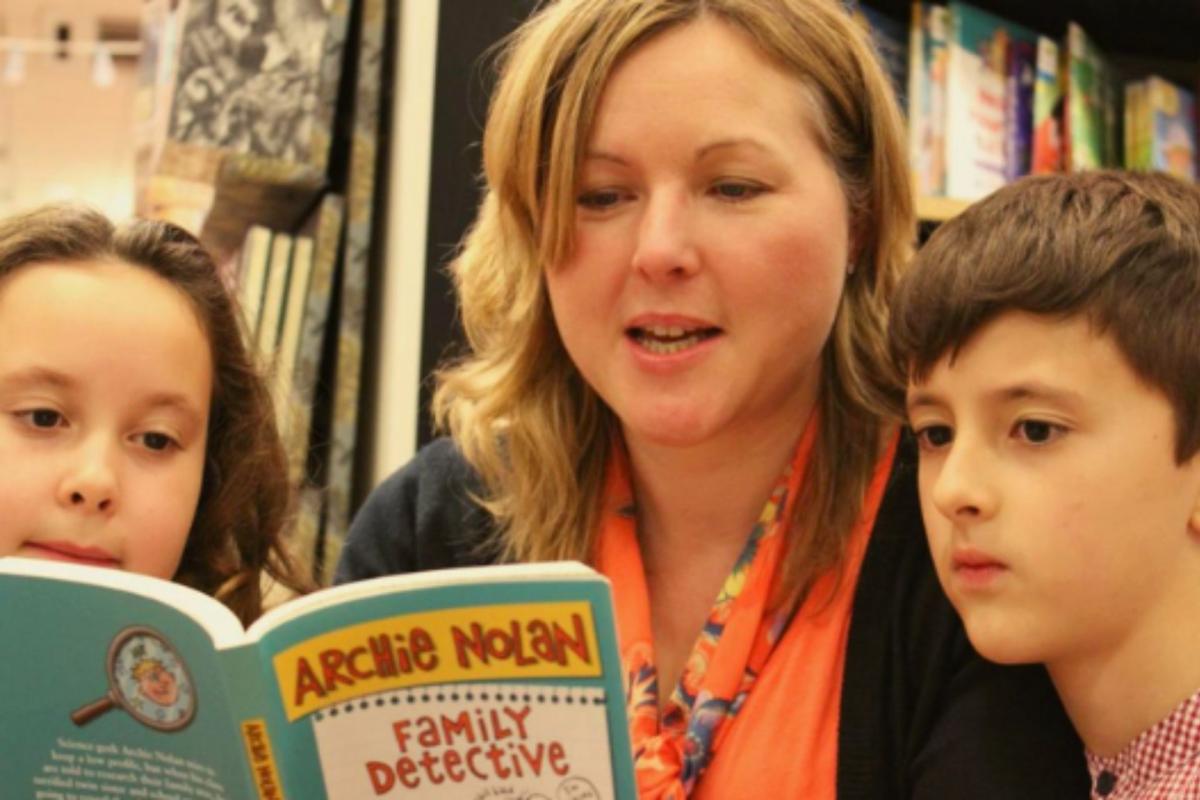Telling and
talking
If you have children, you might be wondering how to explain to them about their origins. Perhaps you’re thinking about when and how to bring it up, or what words to use. We can help with that.
If you have children, you might be wondering how to explain to them about their origins. Perhaps you’re thinking about when and how to bring it up, or what words to use. We can help with that.

As two women, it will be obvious that you needed some other person to help create your child so keeping the fact you used a sperm donor a complete secret isn’t really an option. You are likely to be asked questions and it’s important to think about how you might answer them. People can sometimes be very nosey and curious, asking slightly inappropriate things like whose eggs were used, who carried the baby or details about the ‘father’ or the donor. It’s fine not to answer or to choose who you share with and who you don’t. Our Telling and Talking workshop is a great place to explore these things.
If you used both egg and sperm donation you might not be asked about the egg donor element as most people will just assume you used your own eggs.
Even if you’re intending to be completely open, we know that the thought of explaining to your child that they are donor conceived or answering questions can make some parents feel anxious. Just telling friends and family that you‘ve used or are planning to use donor conception may make you feel uncomfortable.
As a charity, we were founded on a principle of openness at a time when secrecy was the norm. But just because it might be right doesn’t mean it’s easy. One of the reasons the DCN was set up as a membership community was to provide resources and services to support parents around how to build confidence in telling their family story.
For lesbian couples, questions can come as soon as you announce a pregnancy, particularly if people don’t know you’re not heterosexual (“Who’s the lucky dad?”). Young children will notice that other families have dads (even if the parents are separated) and later your child may ask where their daddy is, out of the blue.
Check out the “Our Story” books for children and the “Telling and Talking” series for parents. Consider booking one of our “Telling and Talking” workshops to join others at a similar stage. This gives you a dedicated and facilitated space to explore how to approach things. And don’t forget that through membership you can connect with other couples who are considering these issues. Speaking with other parents who have done this themselves and can offer guidance and experience to others can really help build confidence.
Being open – reasons to tell
We have some principles which guide us and are detailed here as a starting point. Telling children about their origins by donor conception from an early age (ideally before the age of 7):
Puts honesty at the heart of family relationships
Is respectful of donor conceived people as individuals in their own right
Ensures a true foundation for the child in terms of their genetic identity
Allows donor conceived people to make choices about their lives in terms of their connections through the donor
Allows donor conceived children to learn about aspects of their history, integrate the knowledge as they grow up and accept their story without shock or distress
Means that significant differences between a child and parent (in looks, talents etc.) can be easily explained
Means that a true medical history (or lack of it) can be given to doctors, making diagnosis and treatment of medical conditions more accurate
Removes anxiety about the inheritance of disorders from the non-genetic parent

At DC Network we have lots of families where not all the children are donor conceived. This is what we call a ‘mixed’ family. Sometimes there are adopted children or step-children from a partner’s previous relationship. Some of our members have a child conceived in a previous heterosexual relationship and then have a second or subsequent child through sperm donation or double/embryo donation with a female partner.
Talking about ‘difference’ is part of life for donor conception families and so including this additional difference follows similar principles. Making sure information is clear, age-appropriate and provides a positive family story is key. We have some specific resources for mixed families: connections with other families through membership and reading ‘Mixed Blessings’, one of our Telling and Talking booklets.